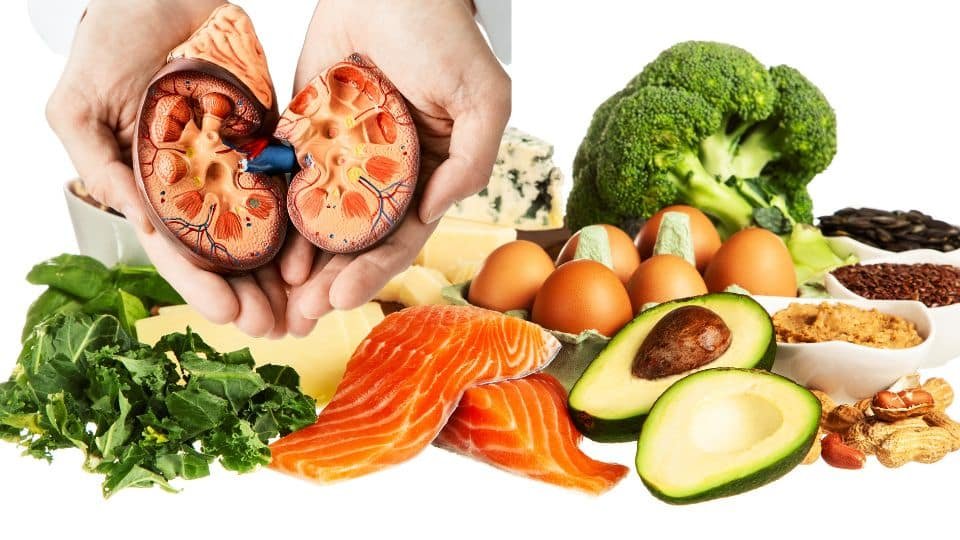Welcome! Today, we explore the fascinating world of obesity research. We embark on a journey of groundbreaking discoveries that may revolutionize how we understand and treat obesity.
Obesity, a global epidemic affecting one billion people worldwide, is a multifaceted issue. But dedicated researchers have been tirelessly working to find innovative solutions.
The brain, specifically the hypothalamus, plays a crucial role in regulating body weight. Until recently, the exact mechanisms behind this regulation remained a mystery.
Enter the GABRA5 cluster, a group of neurons within the hypothalamus. Scientists discovered that these neurons express a receptor for the inhibitory neurotransmitter GABA, which is associated with the regulation of fat metabolism.
By manipulating the activity of these GABRA5 neurons, researchers found they could control the heat production in brown fat tissue. Activation led to weight loss, while inhibition resulted in weight gain. This exciting finding suggests that the GABRA5 neurons could be a key switch for weight regulation.
But the story doesn’t end there. In a surprising twist, researchers discovered that non-neuronal cells called astrocytes in the lateral hypothalamus play a vital role. These astrocytes regulate the activity of GABRA5 neurons by overexpressing the MAO-B enzyme, which influences neurotransmitter metabolism.
You can also view this article: The Perfect Exercise Combo for Heart Health: Half-Cardio, Half-Strength Training!
The MAO-B enzyme, predominantly expressed in reactive astrocytes, leads to the production of inhibitory GABA, contributing to fat accumulation. However, suppressing the MAO-B gene in these astrocytes reduced GABA secretion. This breakthrough allowed obese mice to achieve weight loss even on high-calorie diets, all without affecting appetite.
The story takes an exciting turn with the introduction of a selective and reversible MAO-B inhibitor called ‘KDS2010.’ This remarkable drug, currently undergoing Phase 1 clinical trials, led to significant reductions in fat accumulation and weight without altering food intake in obese mice.
What makes this research genuinely groundbreaking is its novel approach to obesity treatment. Instead of solely focusing on neuronal mechanisms related to appetite regulation, researchers targeted non-neuronal cells and the MAO-B enzyme. This innovative strategy offers hope for more effective treatments for obesity.
Obesity is not just a health issue but a global concern, recognized by the World Health Organization as a 21st-century emerging infectious disease. The research team sees KDS2010 as a potential next-generation obesity treatment capable of effectively combating obesity without suppressing appetite.
In closing, the journey we’ve embarked upon today showcases the power of scientific discovery. It reminds us that even the most complex challenges, like obesity, can be addressed through innovative research and new approaches. The discoveries made by these dedicated researchers give hope to millions worldwide and may reshape the future of obesity treatment.
Glossary:
- Obesity: A medical condition characterized by an excessive accumulation of body fat, often resulting in health problems.
- Hypothalamus: A region in the brain responsible for regulating various bodily functions, including appetite and metabolism.
- GABRA5 cluster: A group of neurons in the hypothalamus that express a receptor for the inhibitory neurotransmitter GABA (gamma-aminobutyric acid).
- Neurons: Nerve cells that transmit signals in the nervous system.
- Inhibitory neurotransmitter: A type of neurotransmitter that reduces or inhibits the activity of neurons.
- Fat metabolism: The process by which the body breaks down and utilizes fat for energy.
- Brown fat tissue: A type of fat tissue that generates heat by burning calories, helping to regulate body temperature.
- MAO-B enzyme: Monoamine oxidase B, is an enzyme primarily found in reactive astrocytes that plays a role in neurotransmitter metabolism.
- Astrocytes: Non-neuronal cells in the brain that provide support and contribute to brain function.
- Neurotransmitter: Chemical messengers in the brain that transmit signals between neurons.
- Reactive astrocytes: Astrocytes that respond to injury or inflammation by changing their behavior.
- Appetite regulation: The control of hunger and eating behavior.
- KDS2010: A selective and reversible MAO-B inhibitor, a potential drug for treating obesity.
- World Health Organization (WHO): A specialized agency of the United Nations responsible for international public health.
Journal Reference:
Moonsun Sa, Eun-Seon Yoo, Wuhyun Koh, Mingu Gordon Park, Hyun-Jun Jang, Yong Ryoul Yang, Mridula Bhalla, Jae-Hun Lee, Jiwoon Lim, Woojin Won, Jea Kwon, Joon-Ho Kwon, Yejin Seong, Byungeun Kim, Heeyoung An, Seung Eun Lee, Ki Duk Park, Pann-Ghill Suh, Jong-Woo Sohn, C. Justin Lee. Hypothalamic GABRA5-positive neurons control obesity via astrocytic GABA. Nature Metabolism, 2023; DOI: https://doi.org/10.1038/s42255-023-00877-w



 By
By










